What is monks cloth?
Every craft project starts with choosing the materials that will help you produce something you can be really proud of. When it comes to punch needle, one of the most important decisions you have to take is which base fabric will work best. You want something strong in order to withstand the constant pressure from your punching, and something that will last (especially if you are making something like a rug which can expect a fair bit of wear and tear).
The most common base fabric for punch needle – and the one I use most often - is called monks cloth. Monks cloth is a loose even-weave cotton fabric which is specifically designed for punch needle. The loose, equally spaced holes are wide enough to allow the punch needle through, yet tight enough to hold the loops in place.

If you are shopping for monks cloth, different fabrics will often be listed as having a certain number of threads or holes per inch. I find that monks cloth with 24-26 threads per inch works best for me (sometimes retailers also describe this weight of monks cloth as 12-13 holes per inch – don’t worry, it’s the same material!).
Monks cloth has a double thread running through it which makes it very tough and hard-wearing.

Stretching your fabric
So you’ve bought your monks cloth and are ready to start punching. What’s next? Your first job will be stretching the fabric using a hoop or frame.
Getting your fabric as tight as possible will make your punching easier. When you stretch your fabric, you are stretching all of the small holes within the weave. Opening up of these holes will allow your punch needle to move through the fabric smoothly. As the fabric is under tension, once you remove your piece from the frame or hoop it will contract and help grip your loops in place.
The fabric has helpful two-inch white guidelines running through it. When you are stretching fabric with a design on you can use these to ensure that your design does not distort.
Sometimes you will find, if you are working on a large project, that your fabric will ‘grow’ when stretched. For some projects this won’t matter too much and you can measure your finished piece before cutting any backing fabric etc. If you need your finished punched piece to be exact, consider drawing your design a little smaller to compensate for the stretching.

Frogging
One of the best properties of this hard-wearing fabric is that you can ‘frog’ your work. This might sound strange, but all it means is that if you make a mistake or are not happy with how your work looks then you can pull it out and start again.
This makes monks cloth very forgiving and great for beginners. I always encourage students to have a go at pulling out stitches and re-punching, it can be very satisfying.
Drawing a straight line
If the outline of your design is a square or rectangle, here is a little trick to help you get a straight line. You will see on your monks cloth that there are slight dips in between the rows of threads, which look a bit like a channel. If you press a pencil down firmly, and drag it through one of these channels it will give you a perfectly straight line that you can punch along.
Alternative fabrics
Monks cloth is not the only punch needle specific fabric, but it's ideal if you want your project to be hard-wearing. Other fabrics for punch needle include primitive linen, rug warp, traditional linen, tightly woven cotton and weavers cloth. Monks cloth can seem expensive and when I first started to punch I was determined to find a cheaper alternative. However, it's one of the things I believe you shouldn't scrimp on. Using good quality materials will make your punching experience much more enjoyable.
If you don't mind not being able to frog your work and you aren't making something that needs to be super hard-wearing, I have found a loose even weave linen fabric that works with both the Lavor adjustable punch needles and the regular Oxford needles. If you're just learning though, I'd advise to invest in some monks cloth to begin with.

Once you become familiar with the properties of monks cloth you can look for similar fabrics to work on. However, if you are making a rug or another project expected to see quite a bit of use I always find it is best to use a fabric designed for punch needle.

Hopefully this has helped give you all the information you need about monks cloth. You've learnt what it should look like, how it is listed, how to get a super straight line and why it is important to stretch it tightly. If you're ready to try some, you can head over to the shop and pick up a metre or half a metre. And if you have any more questions, get in touch!
If you want more information on how to choose materials for a successful punch needle project, this one of the topics covered in depth in my Introduction to Oxford Punch Needle online course. As well as more on monks cloth, students of the course get access to nearly 4 hours of video content that provides instructions and tips on tools, designs and techniques – everything you need to plan and finish a project with real confidence.



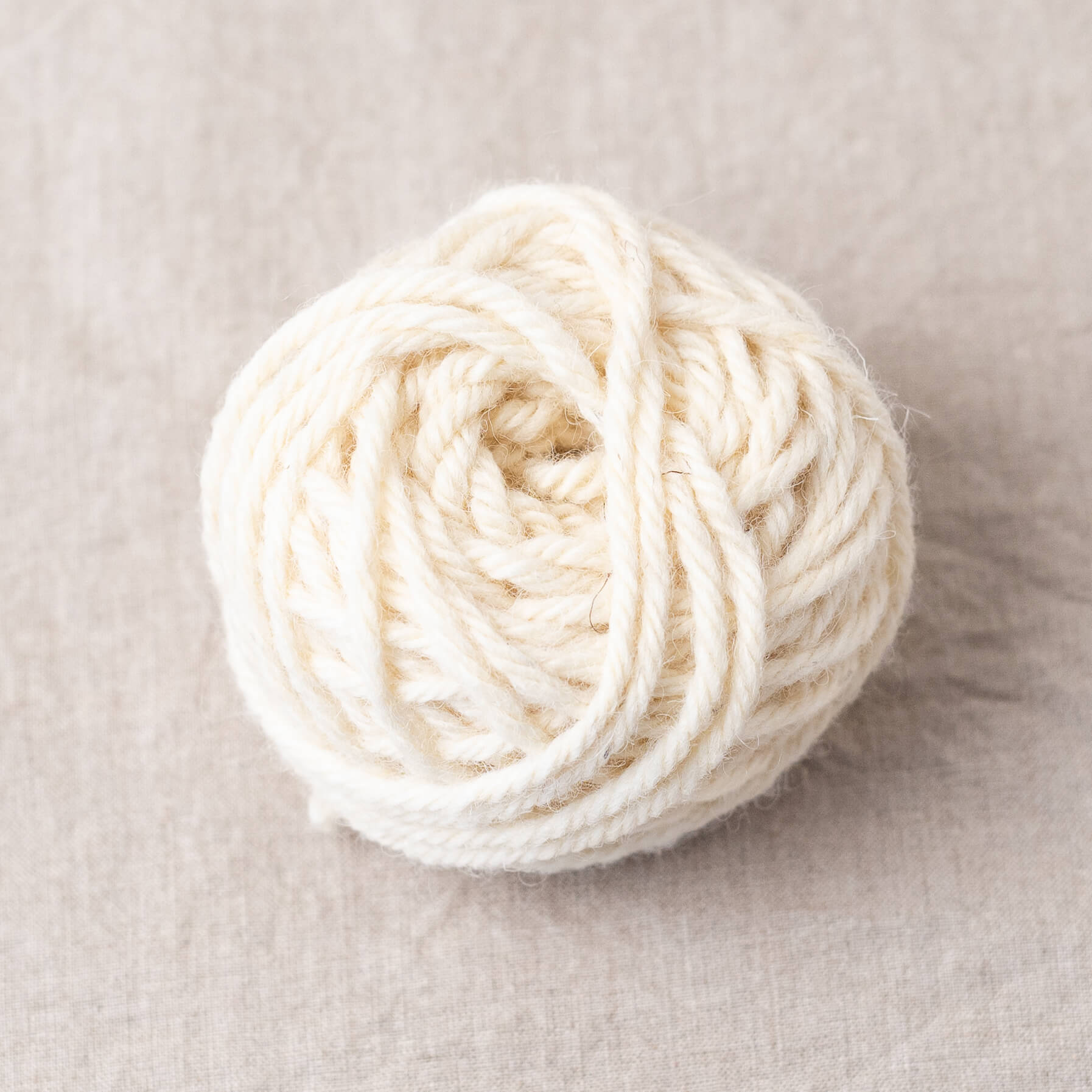

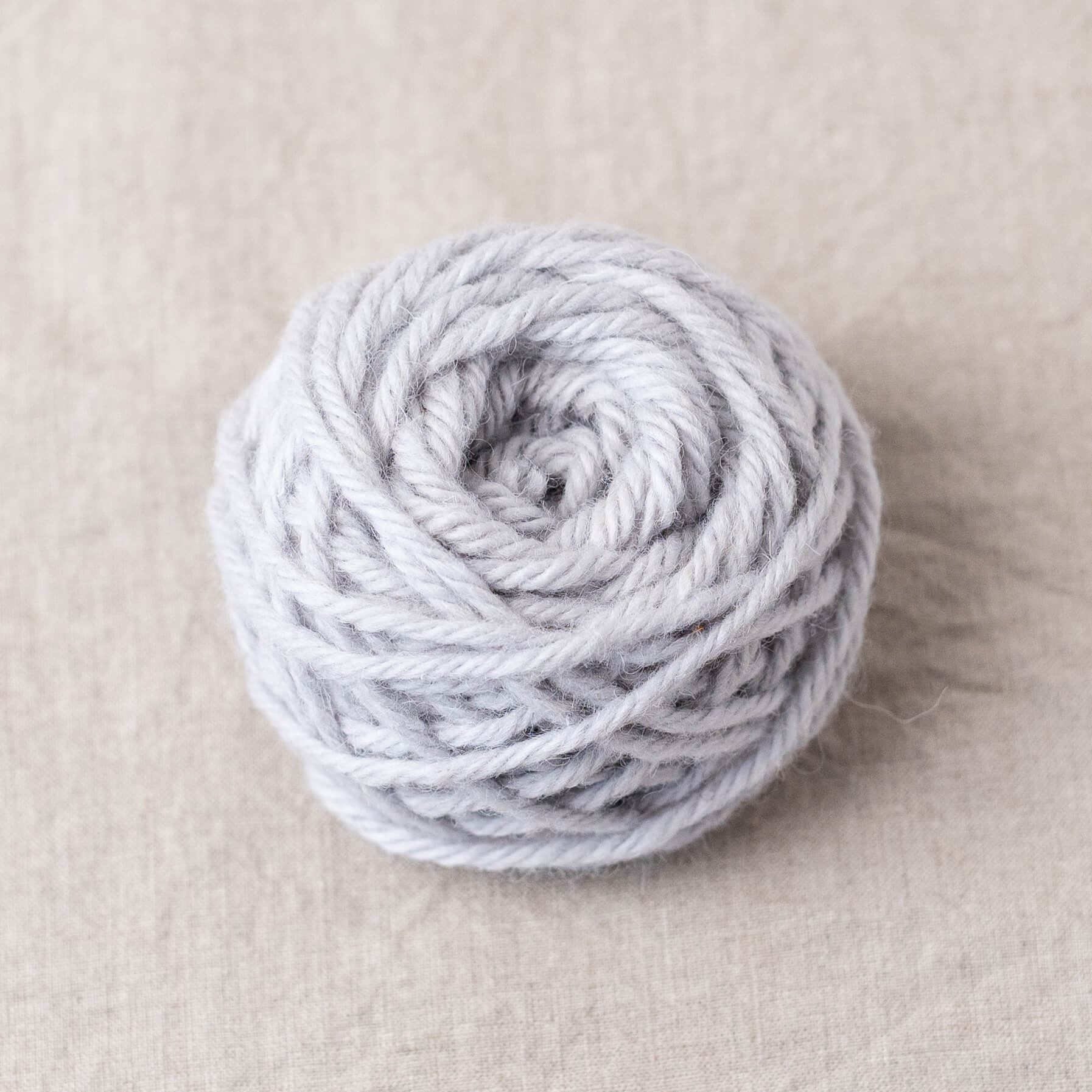
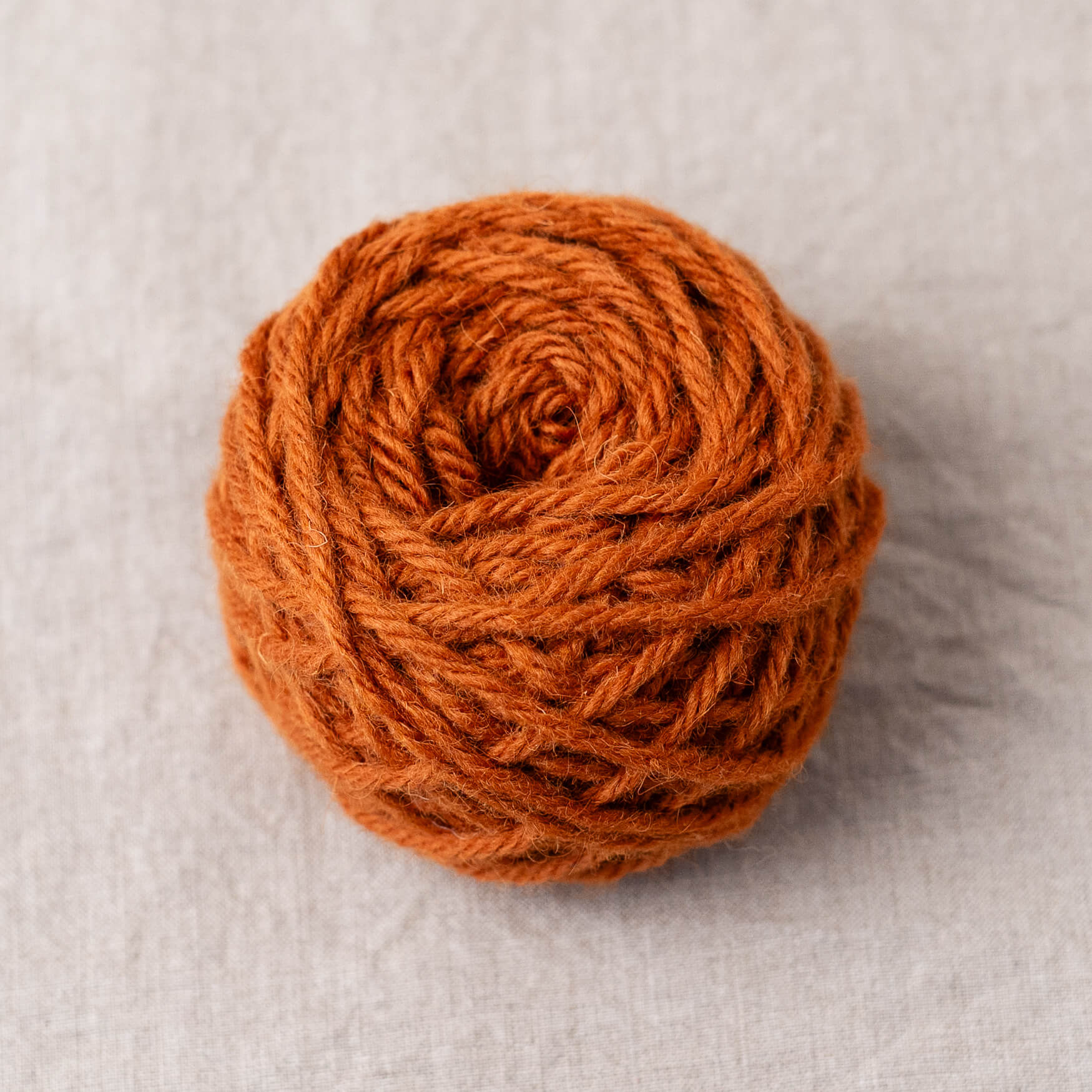
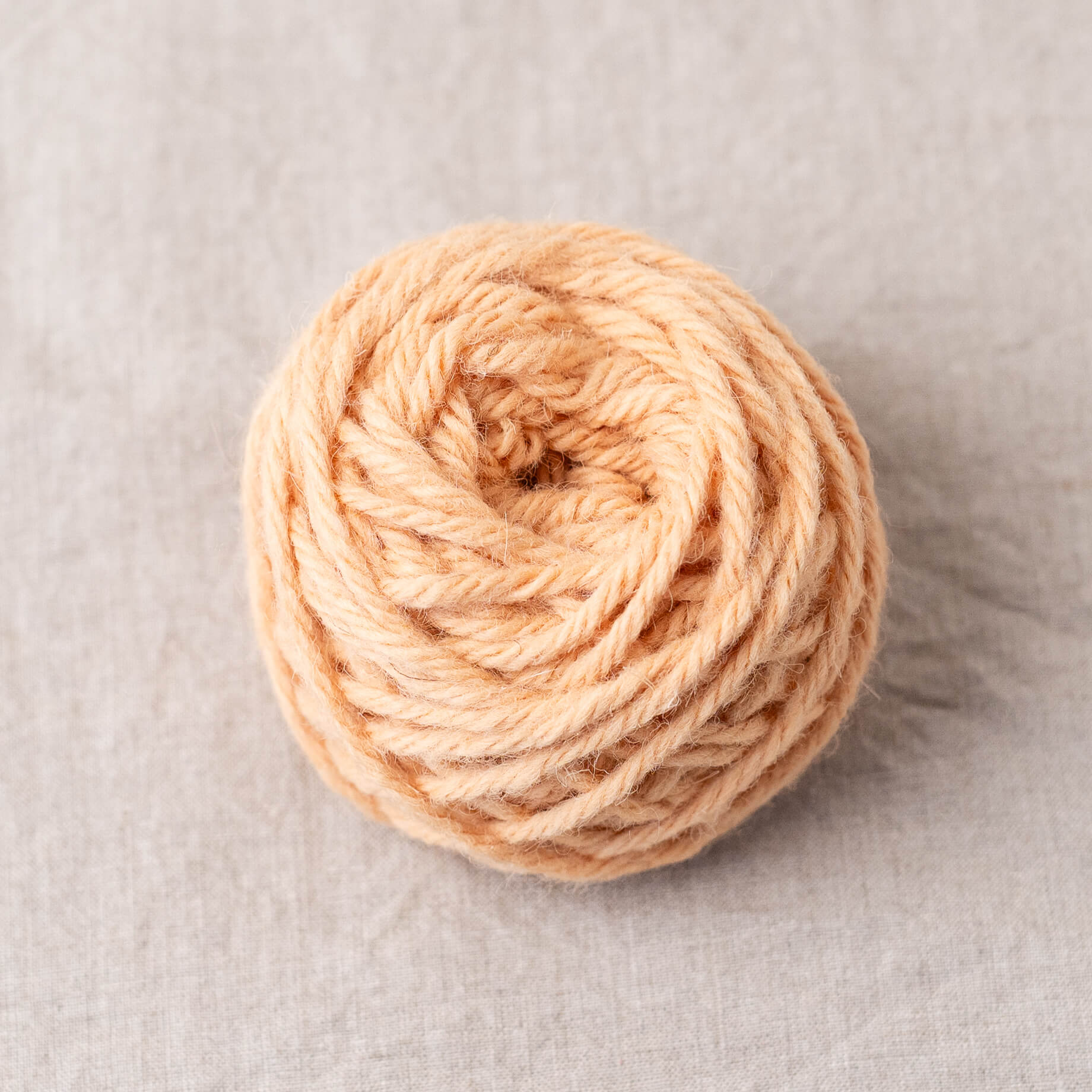
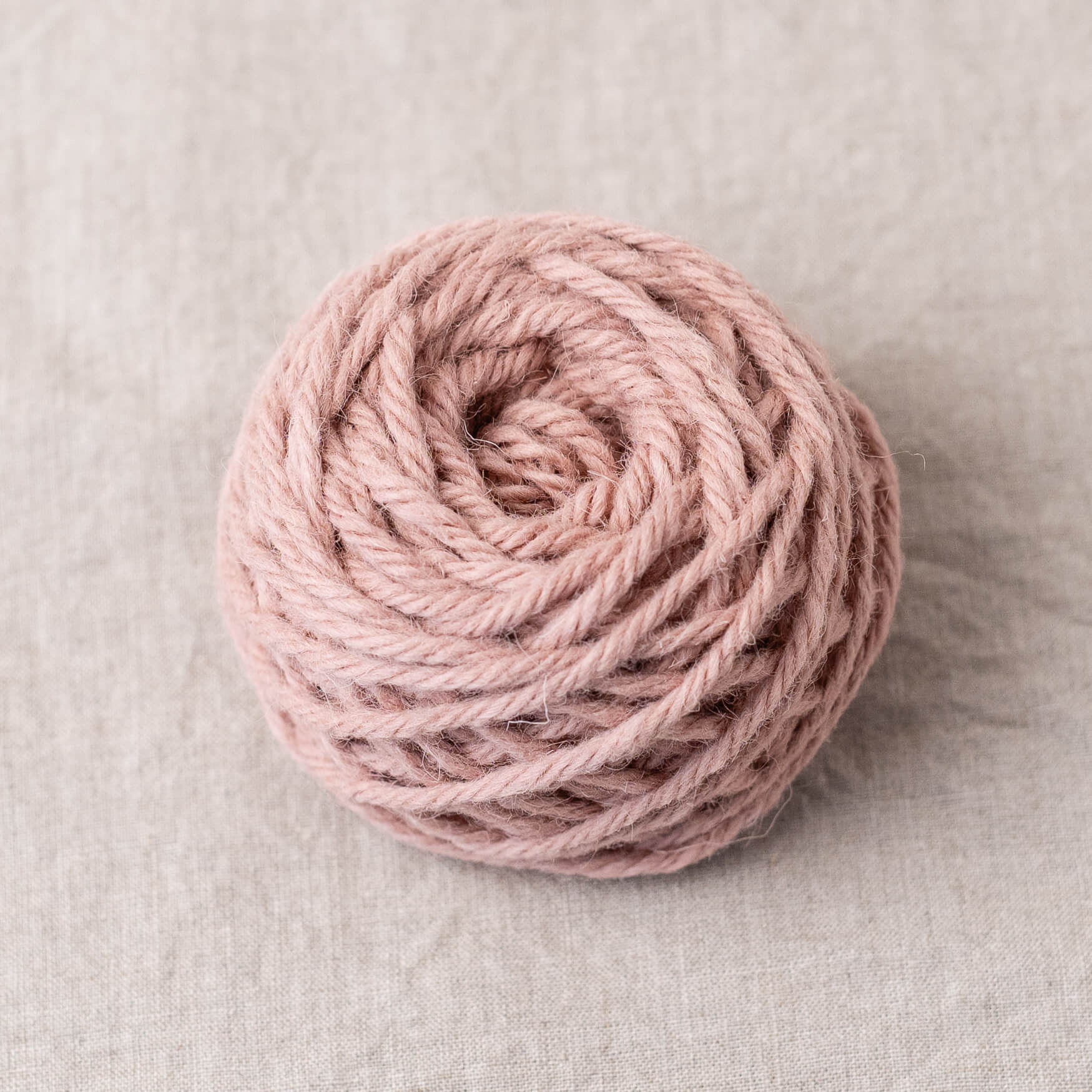


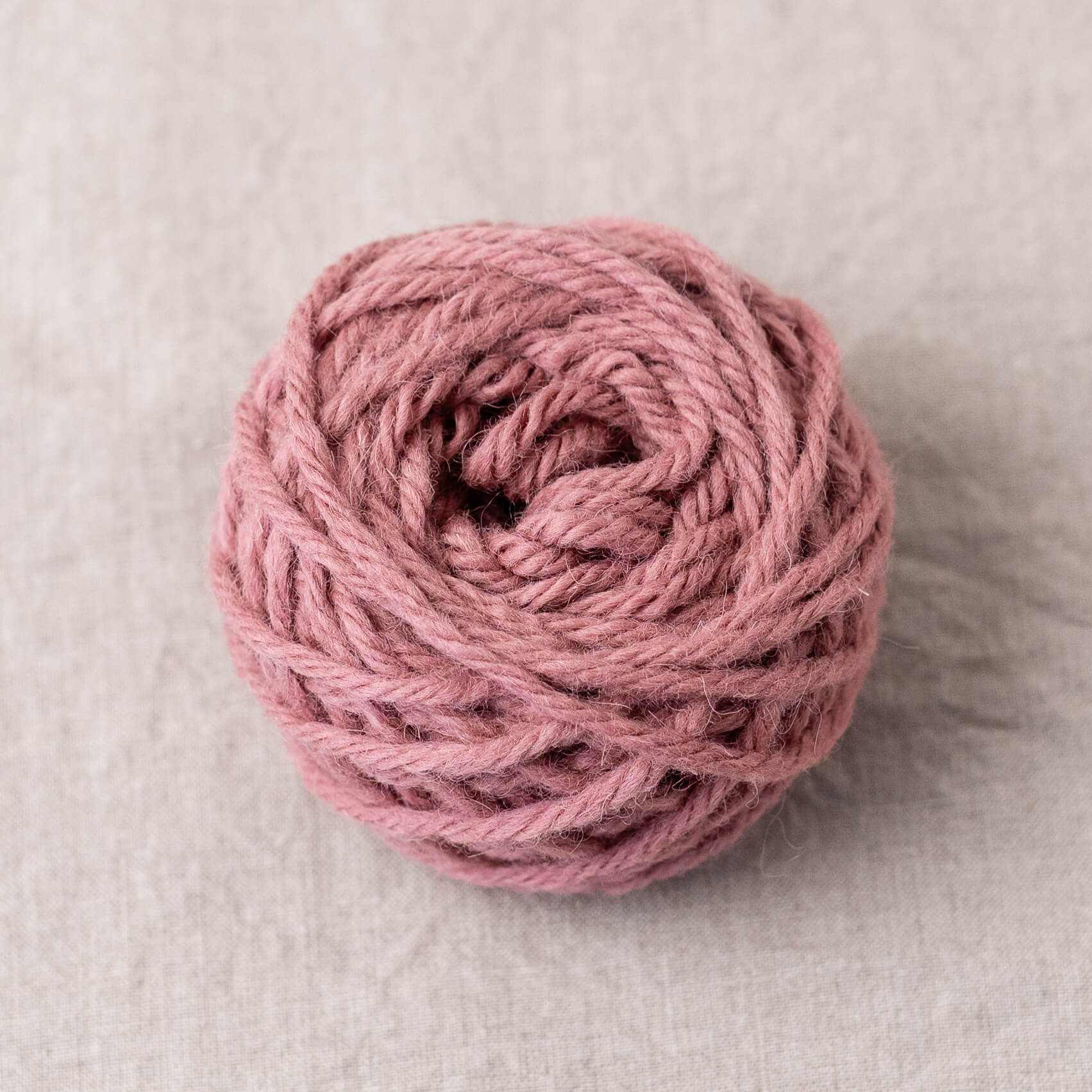
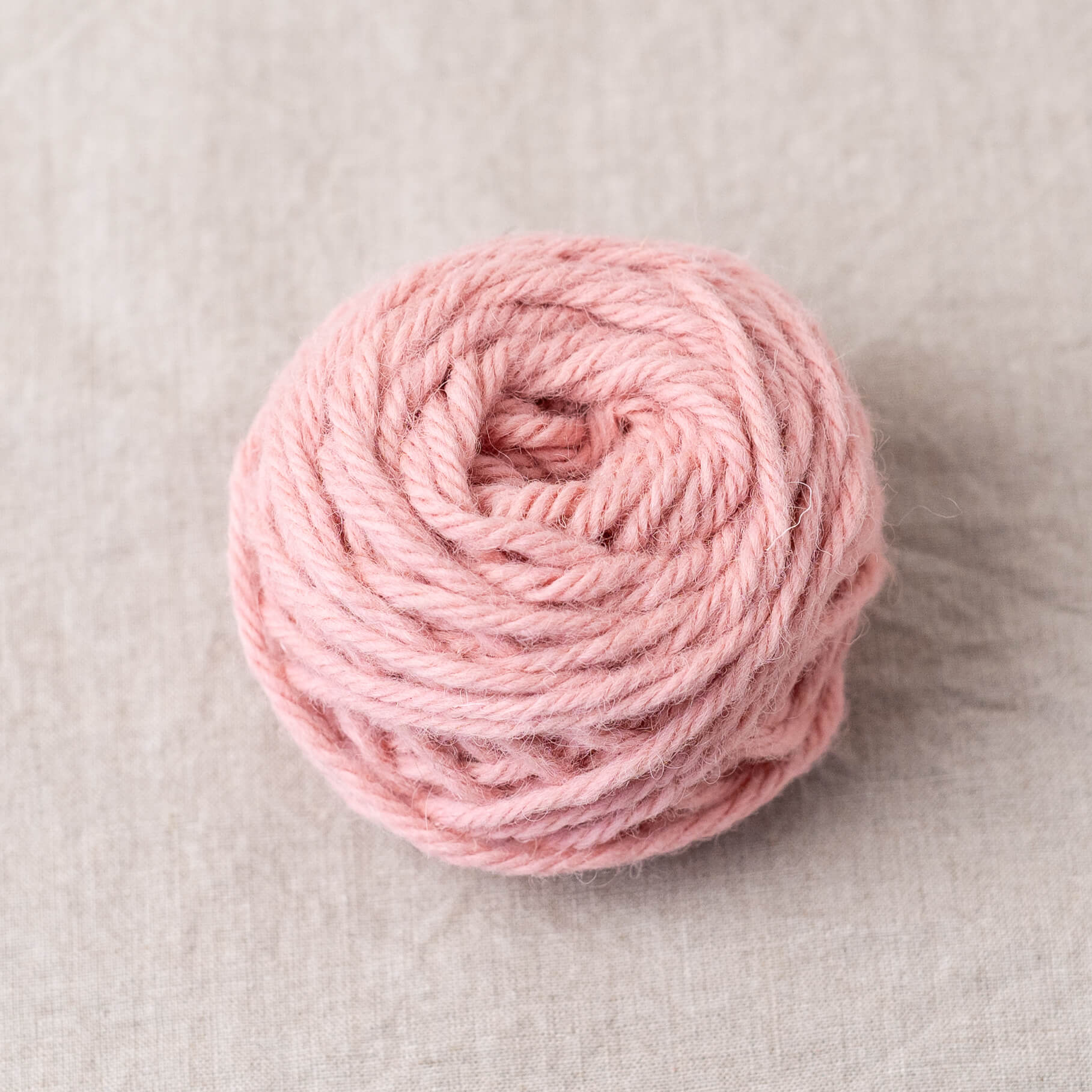

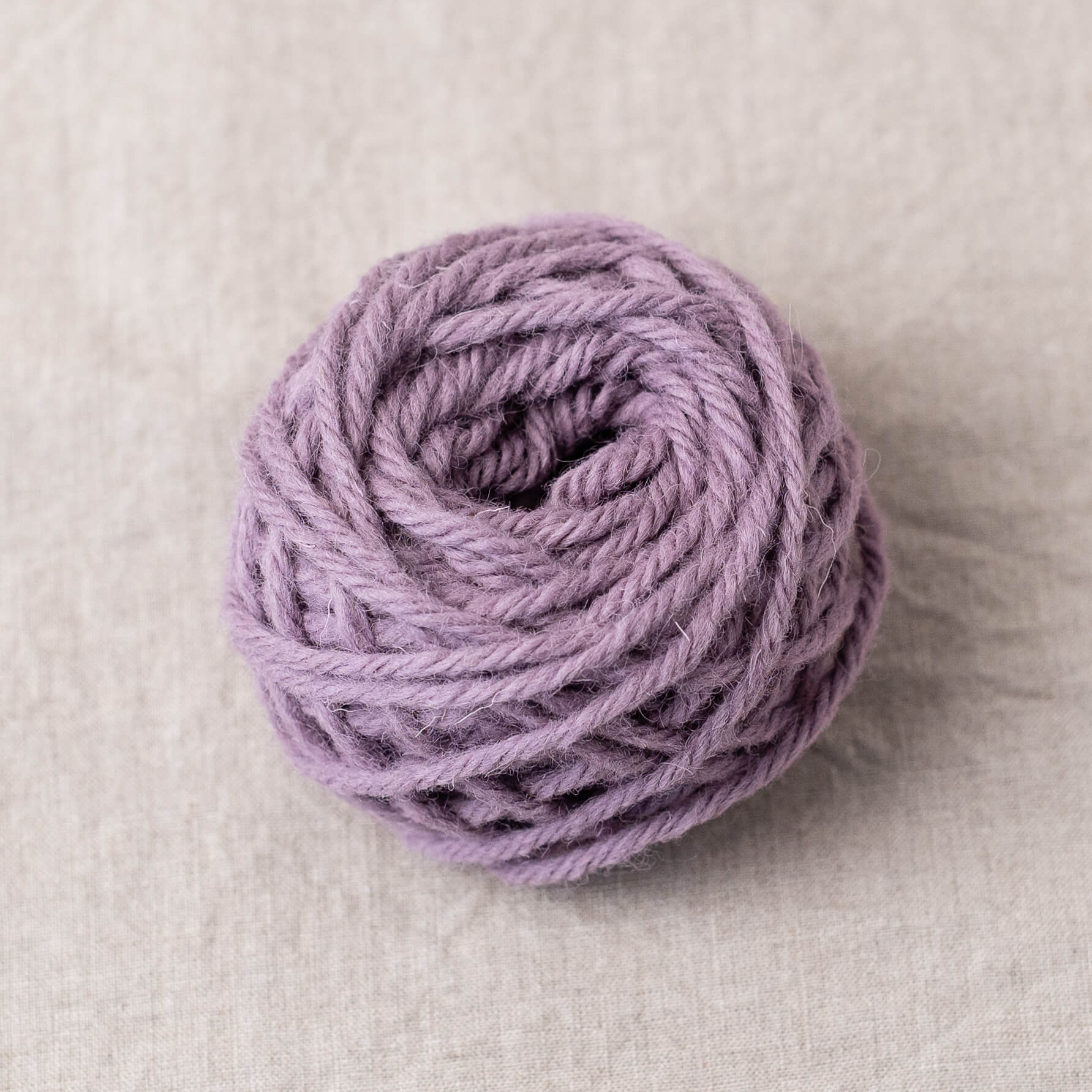
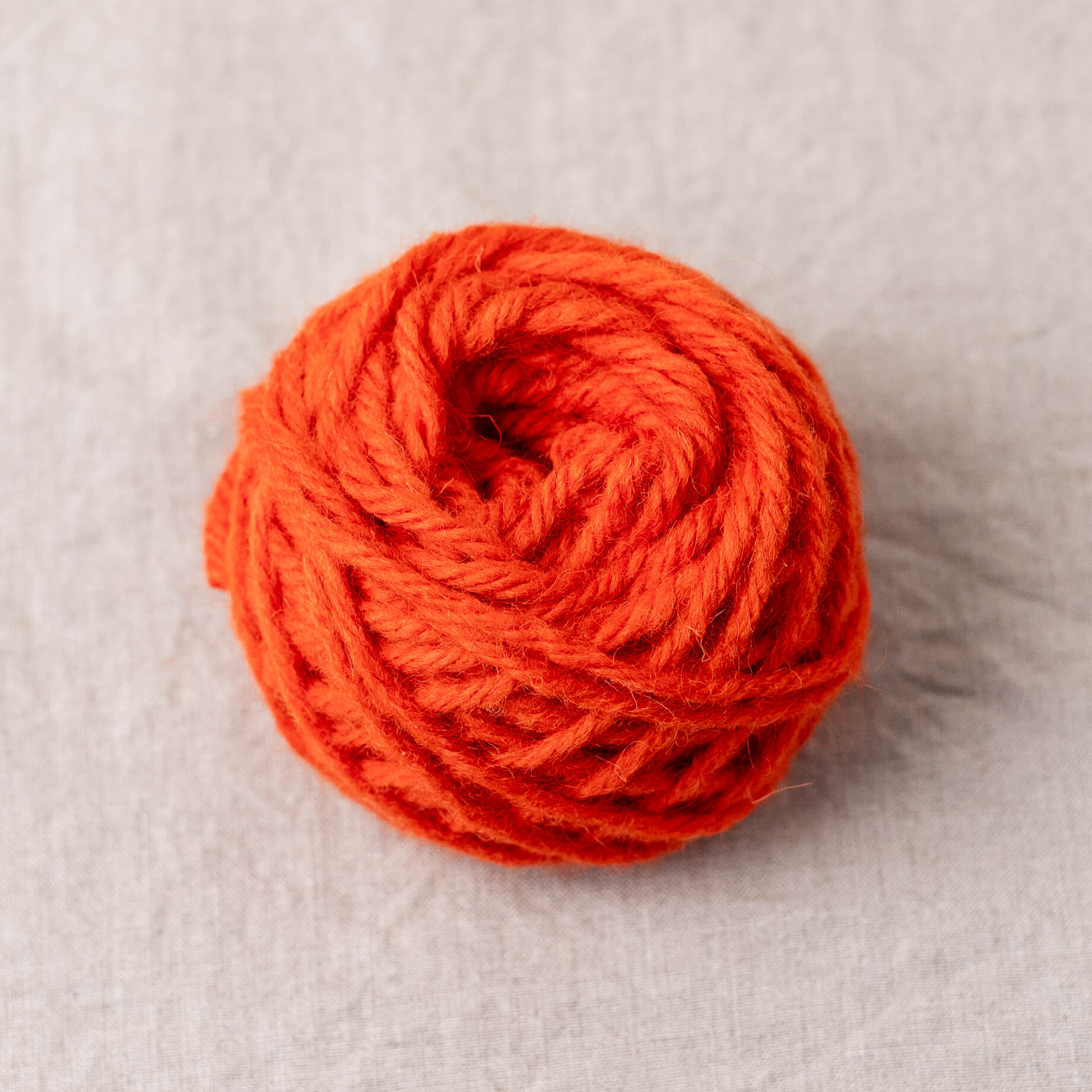

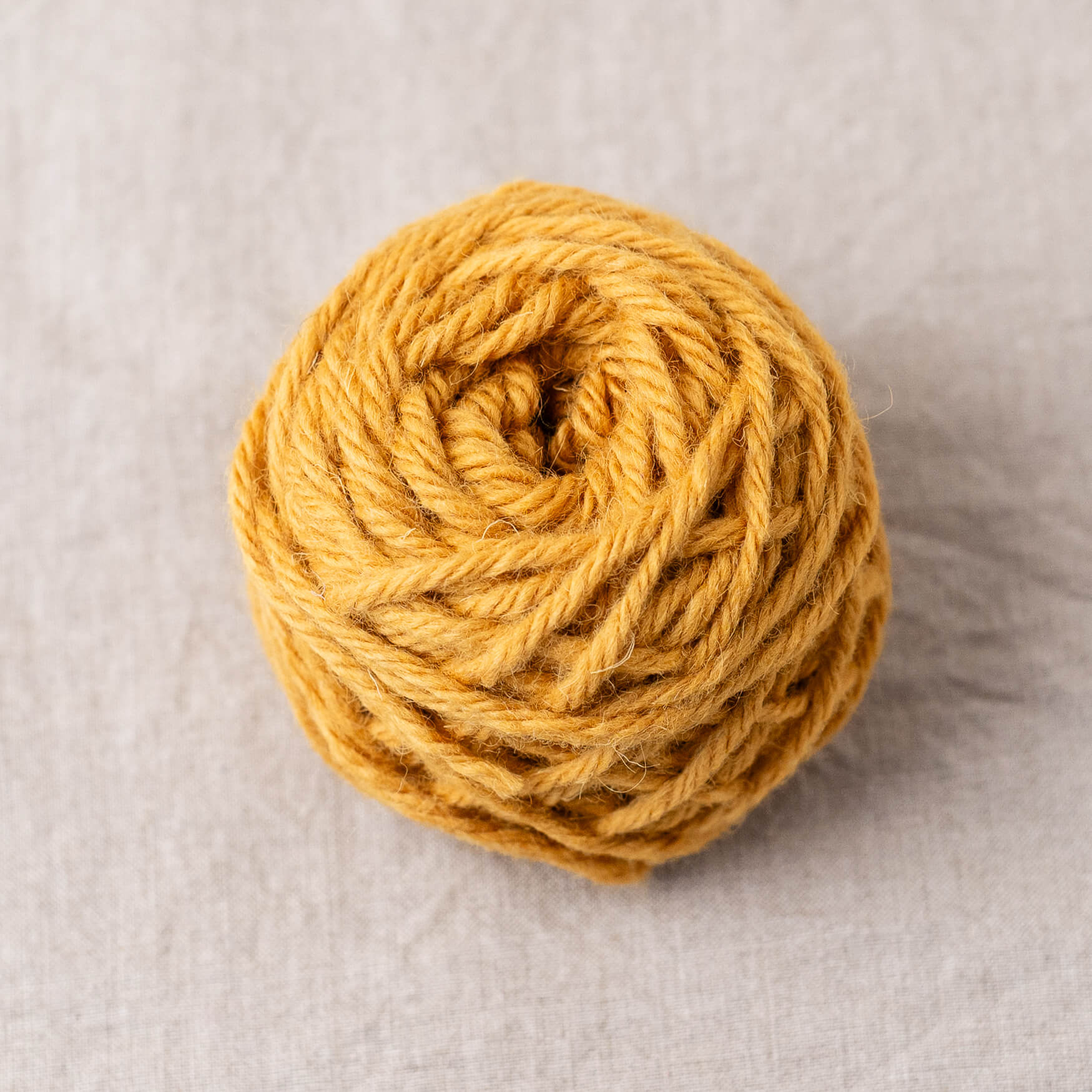

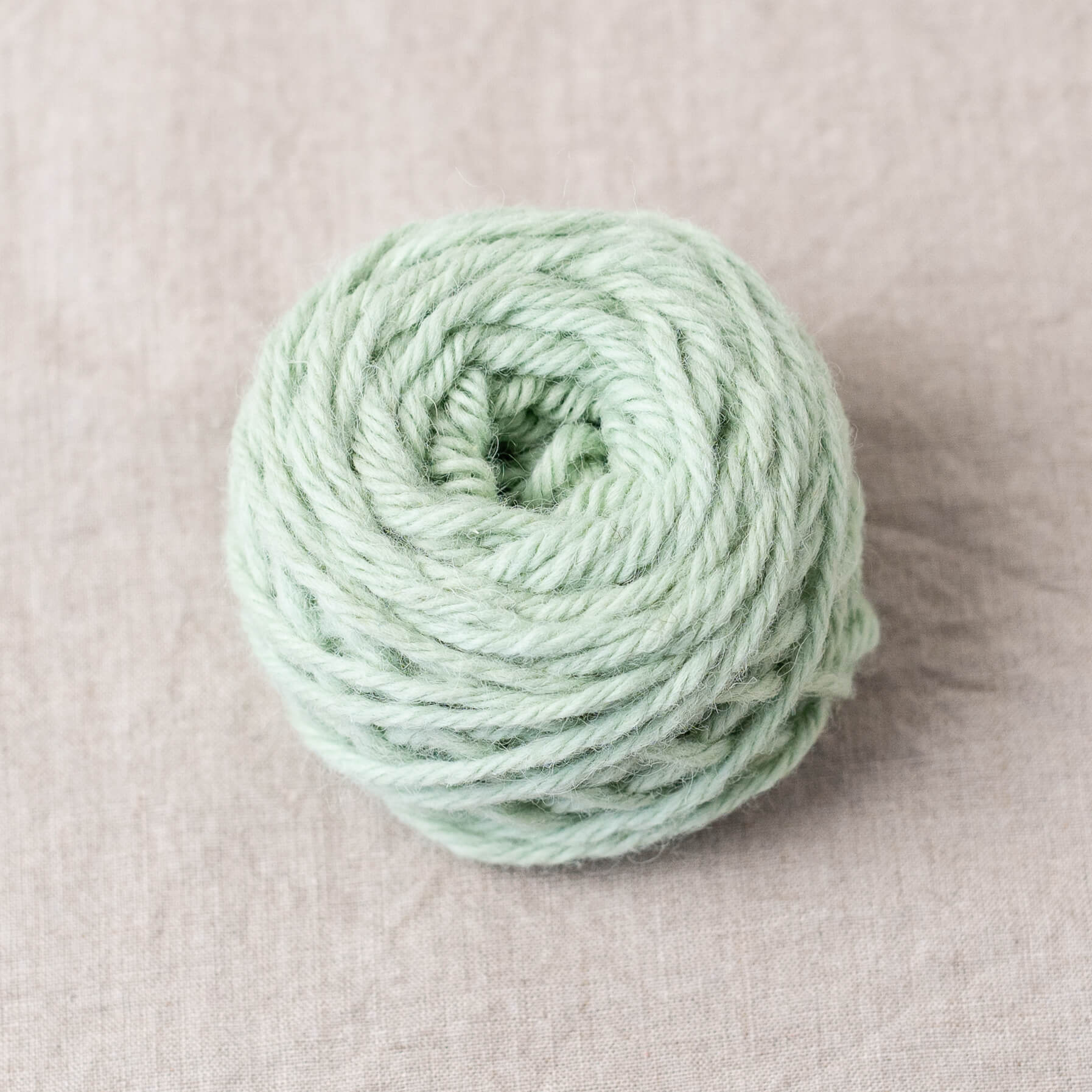
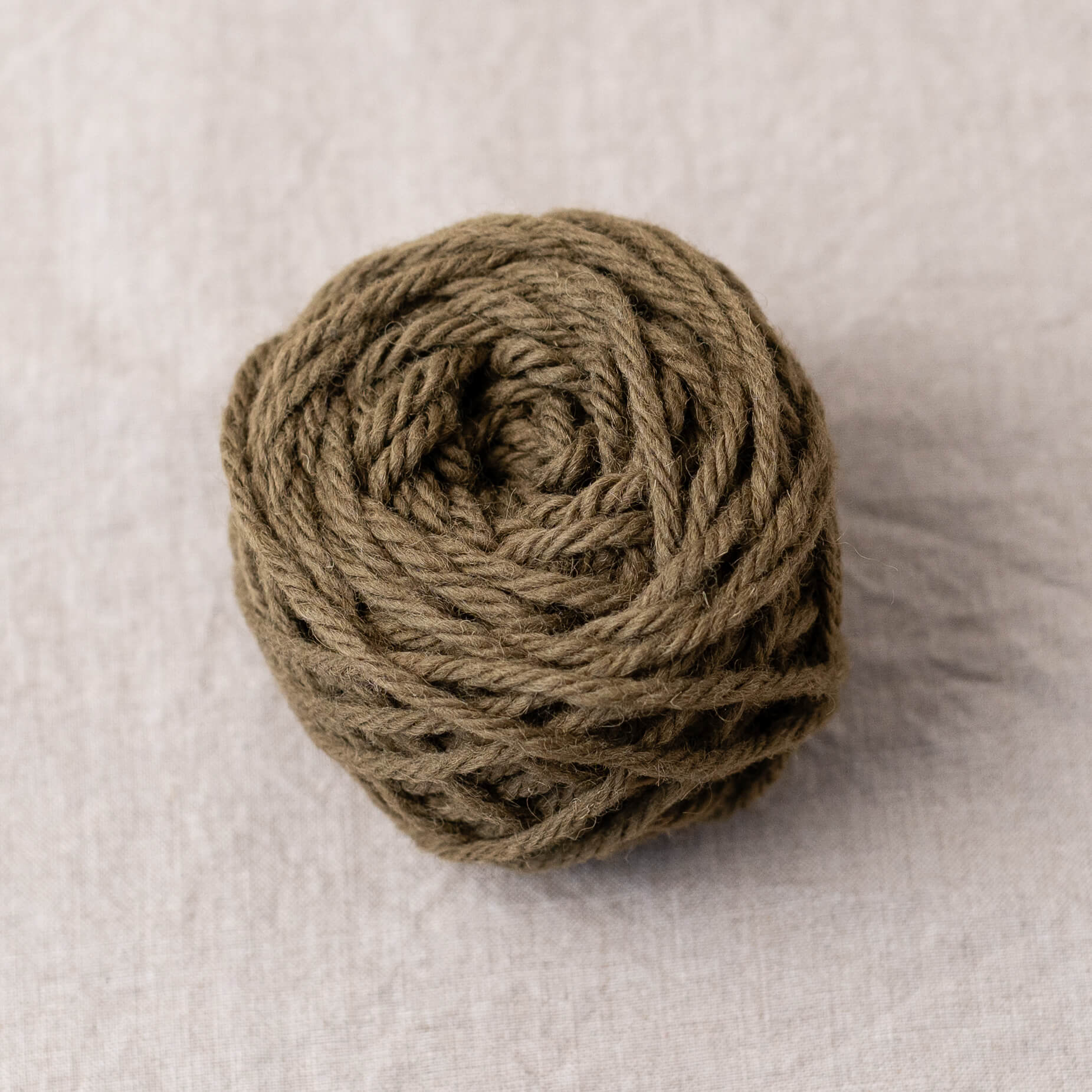



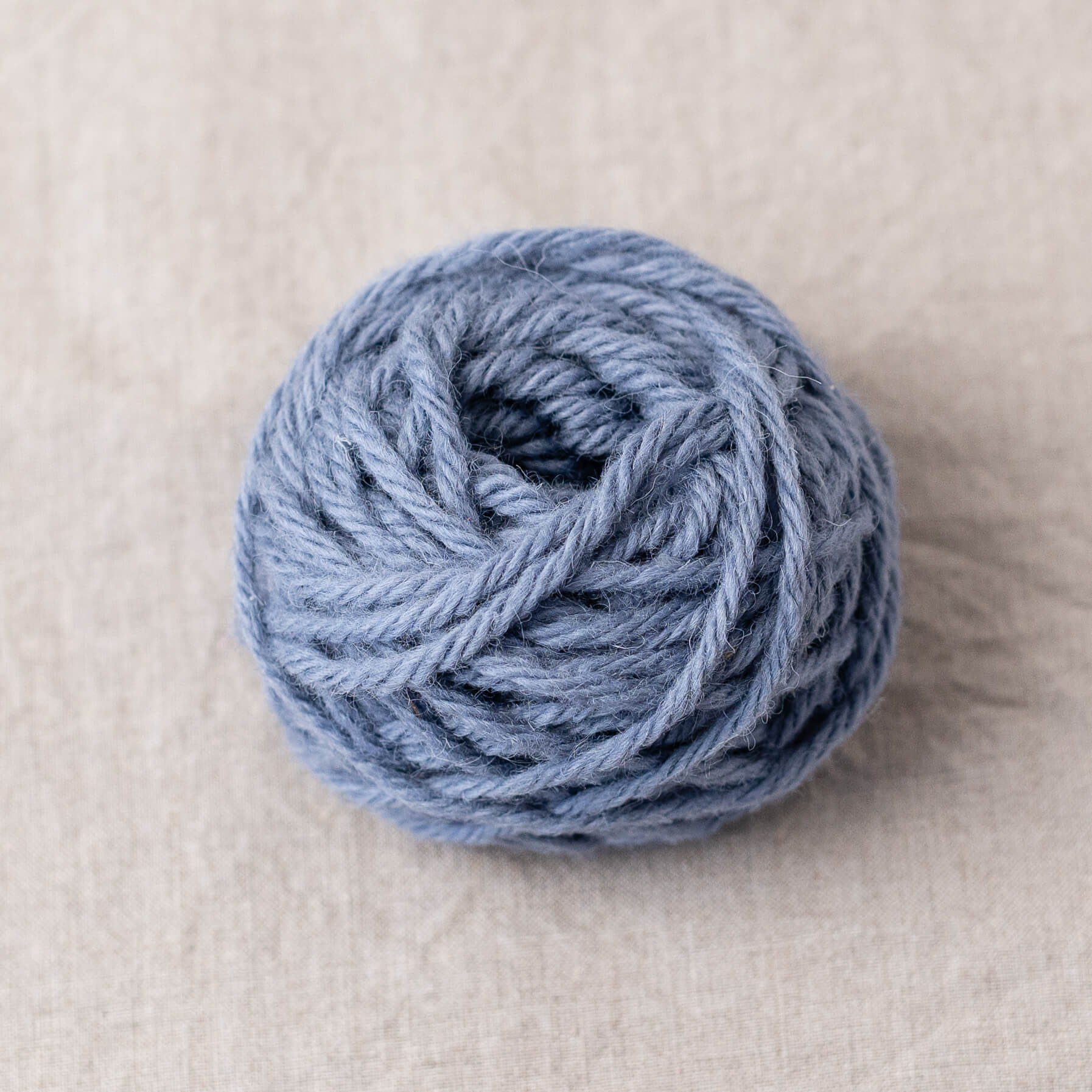

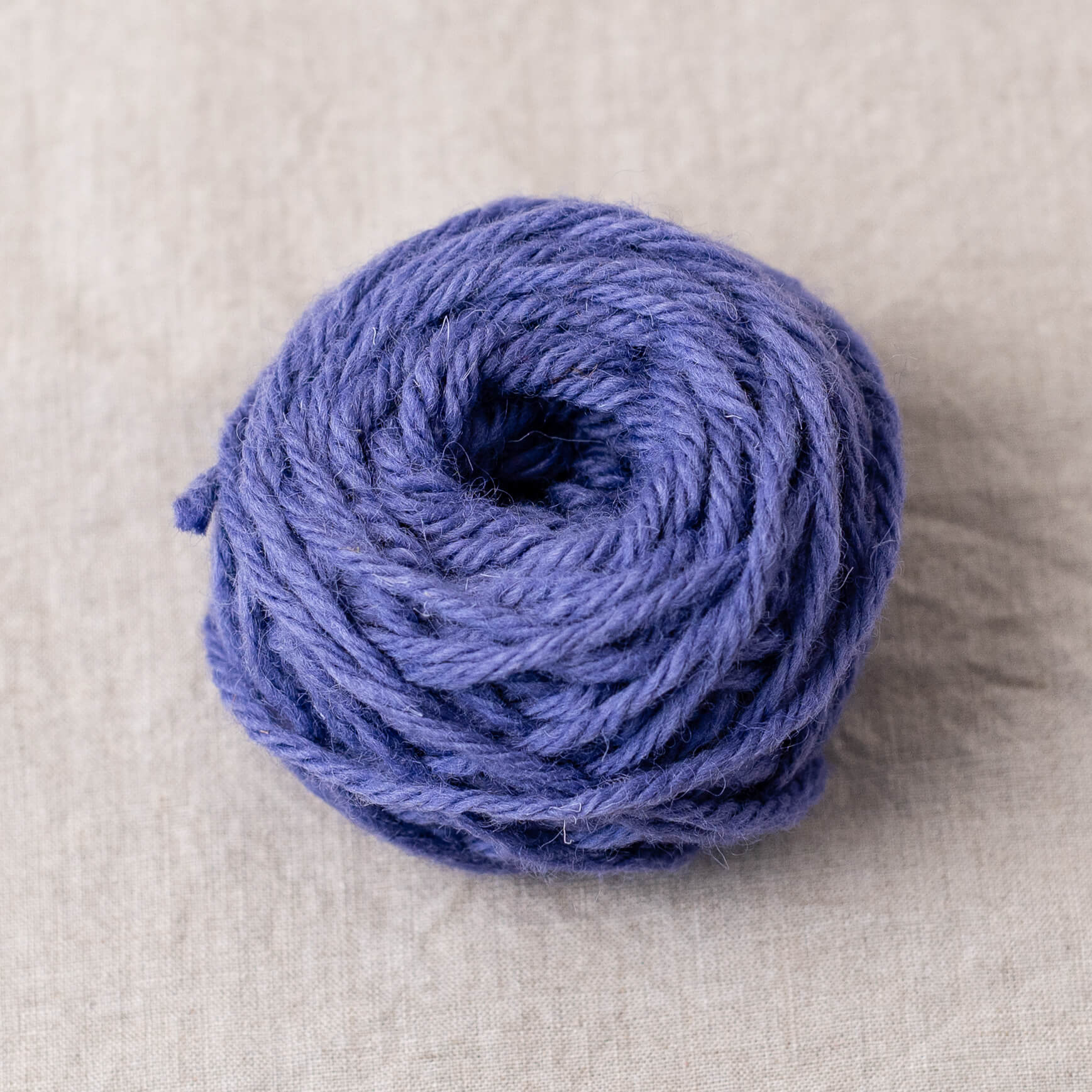
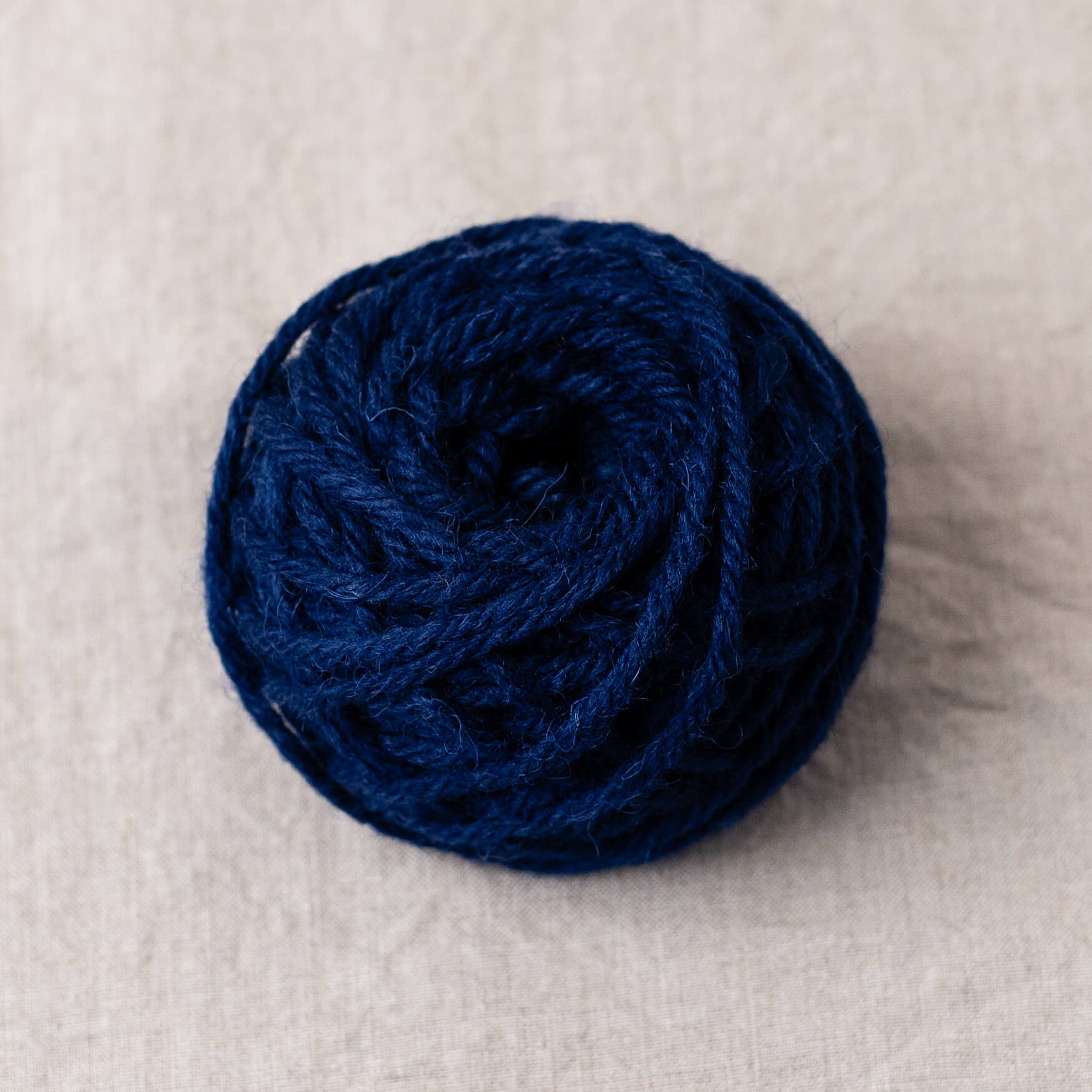
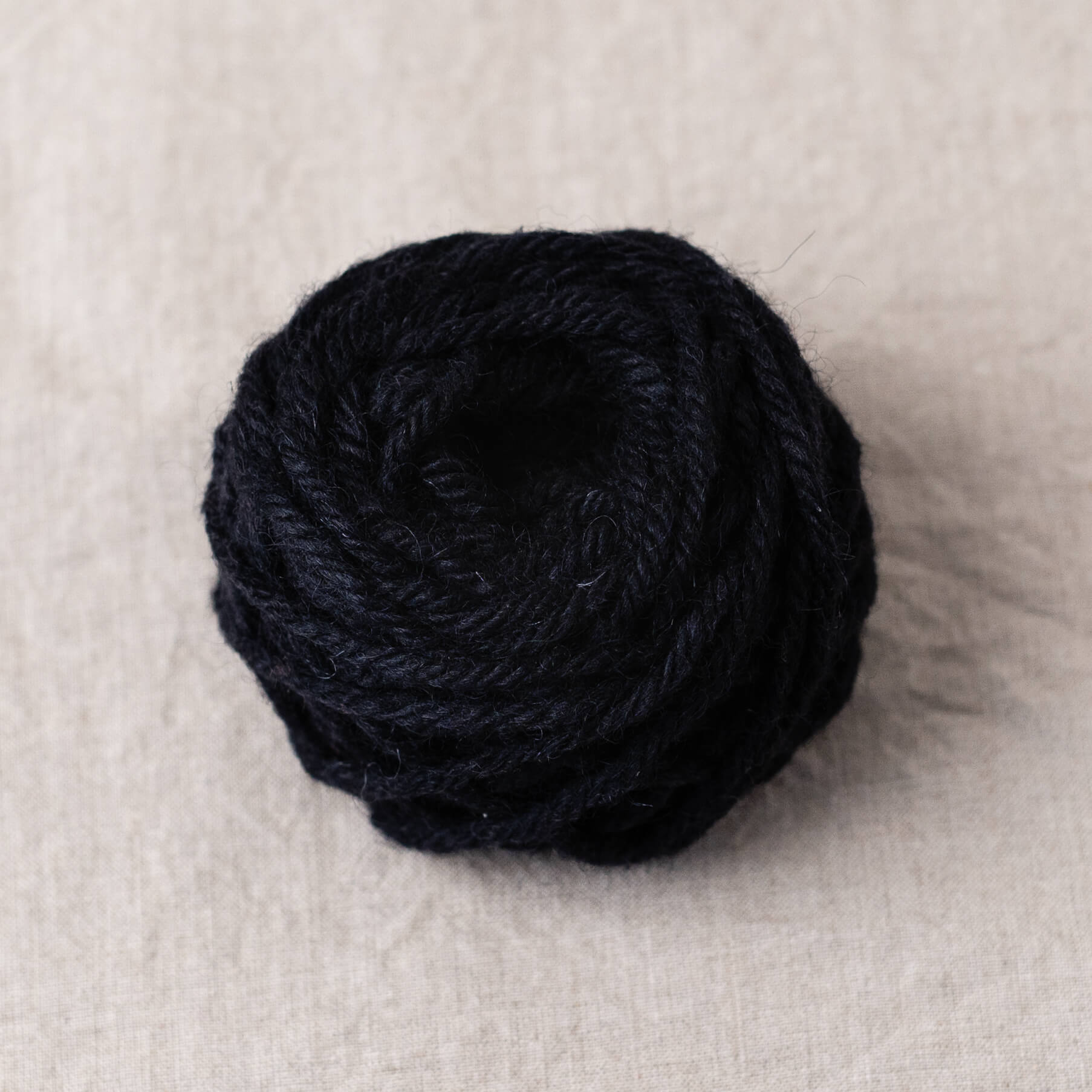


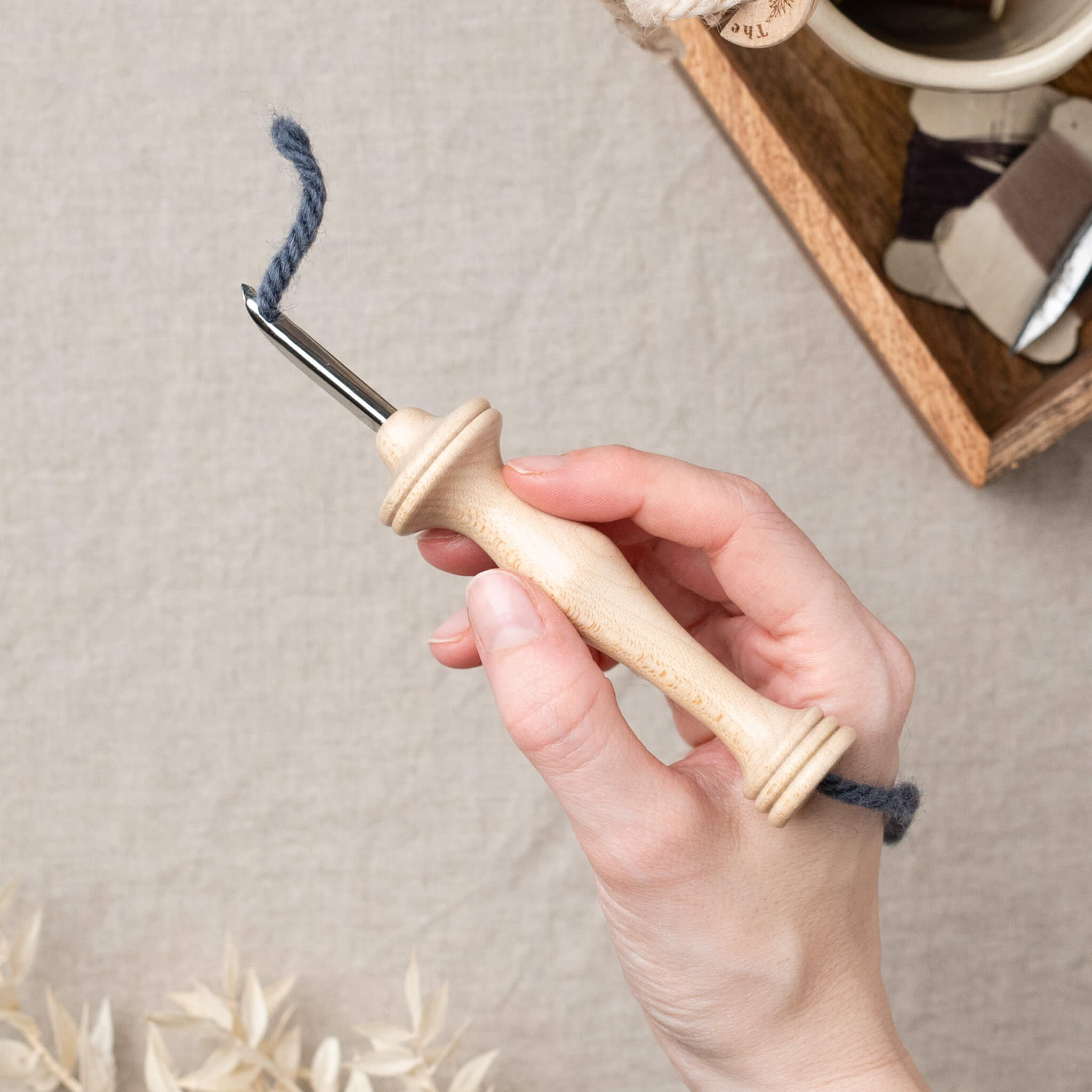
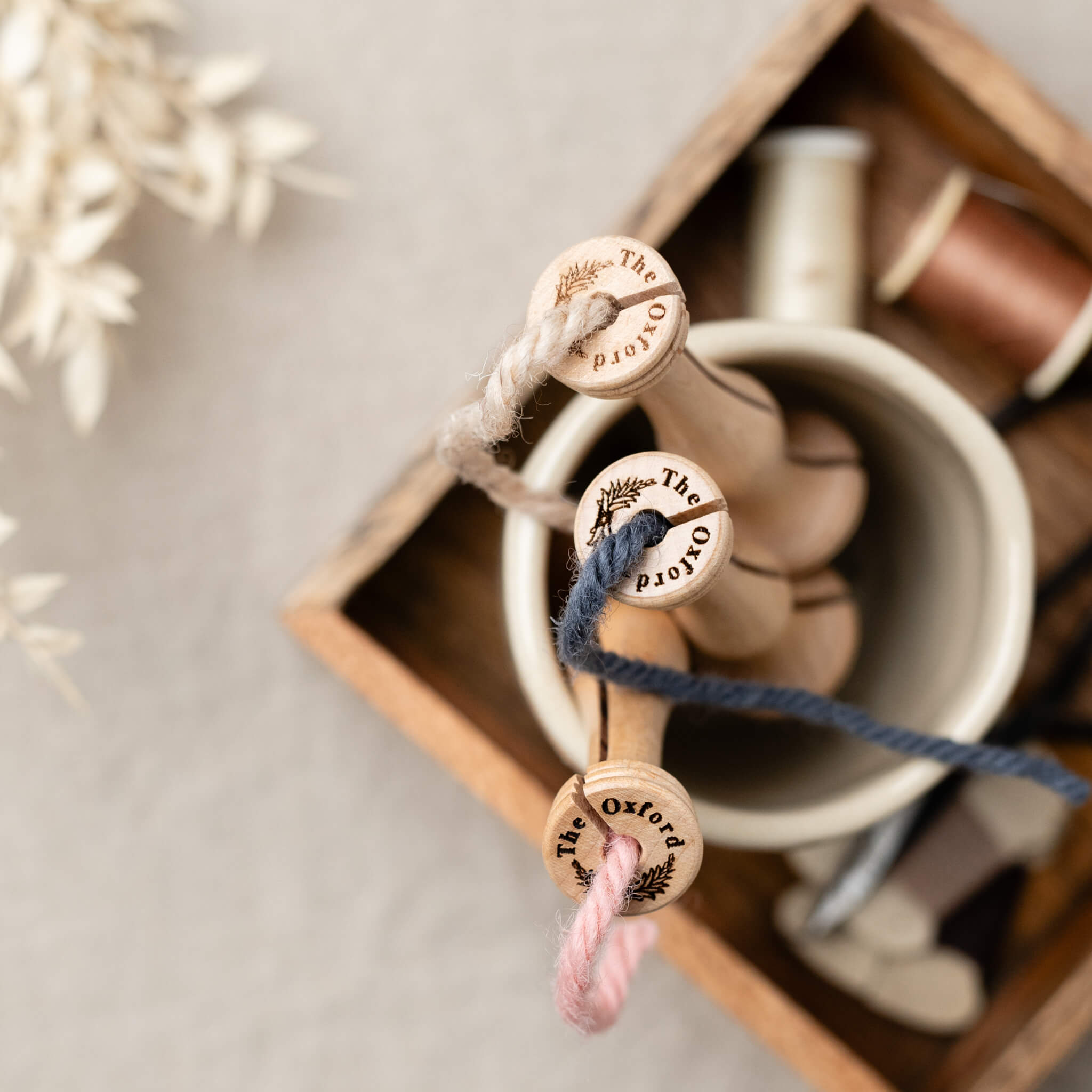


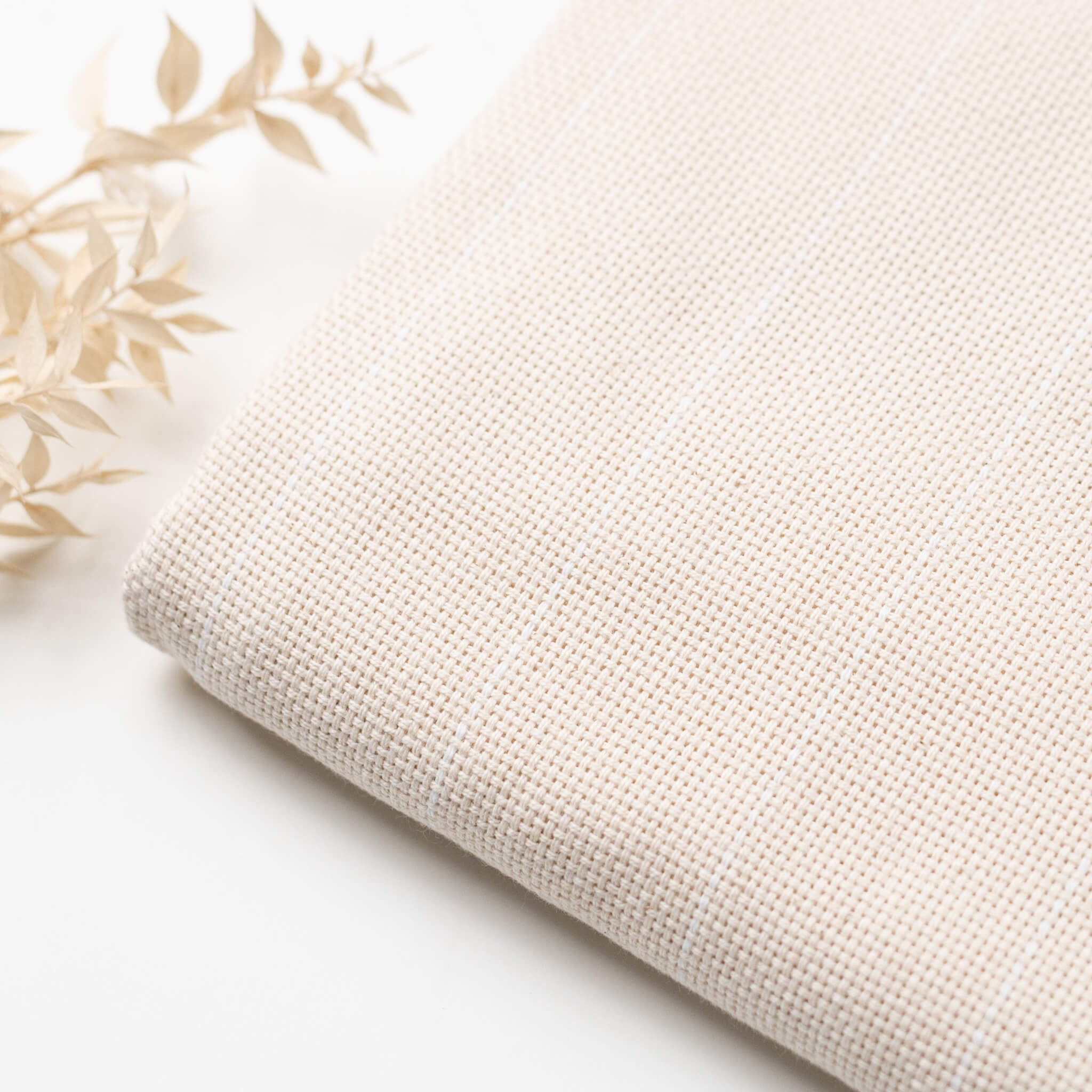


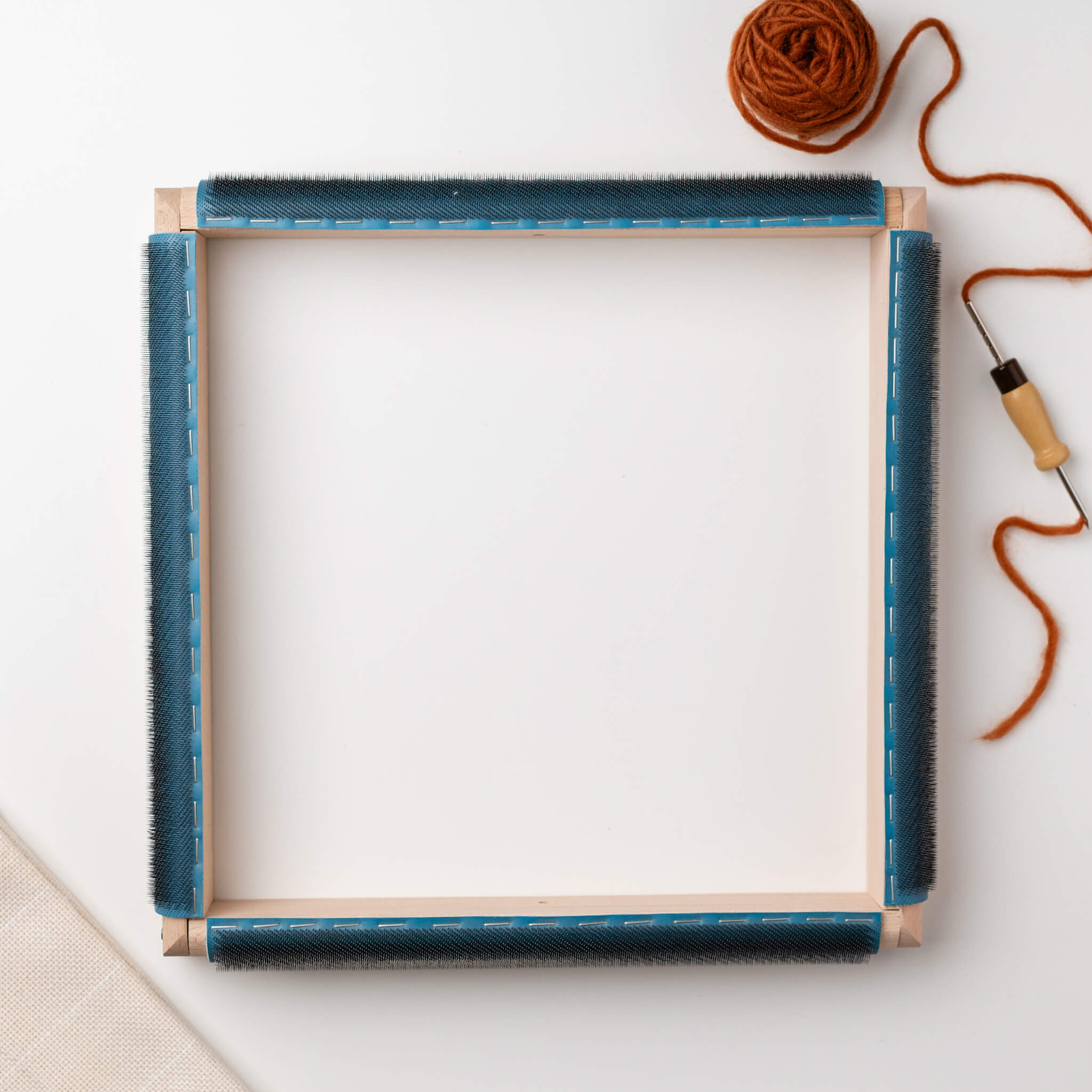
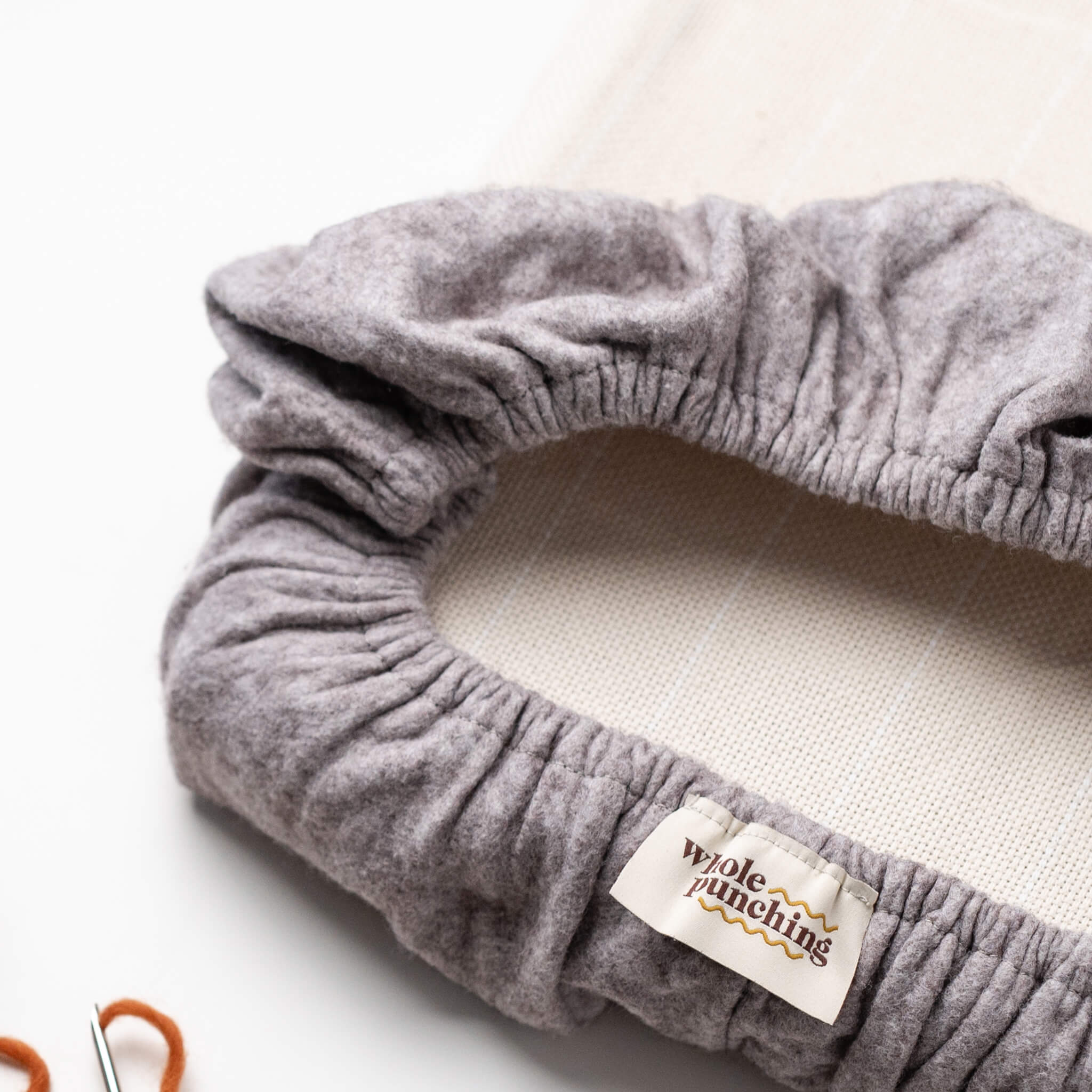

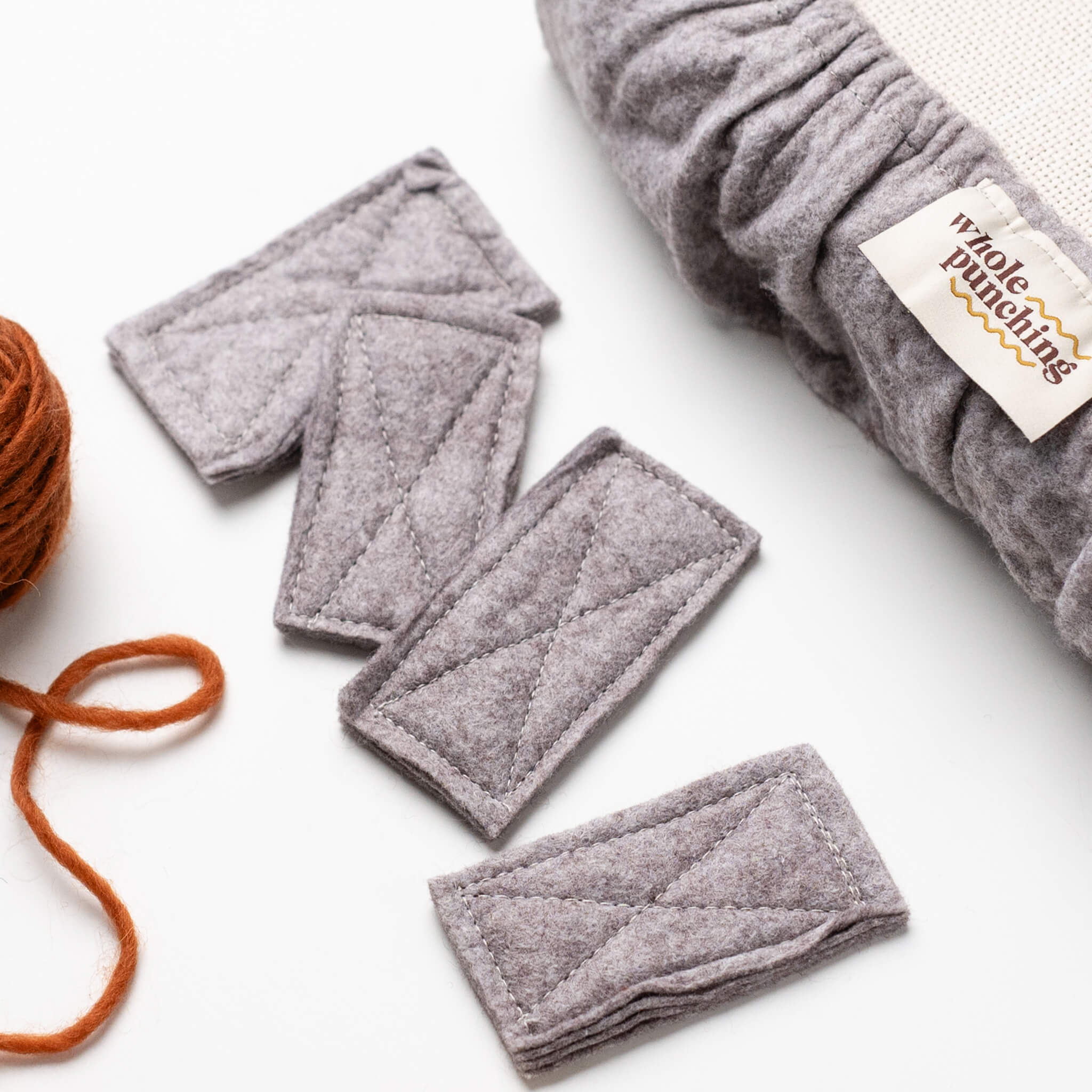
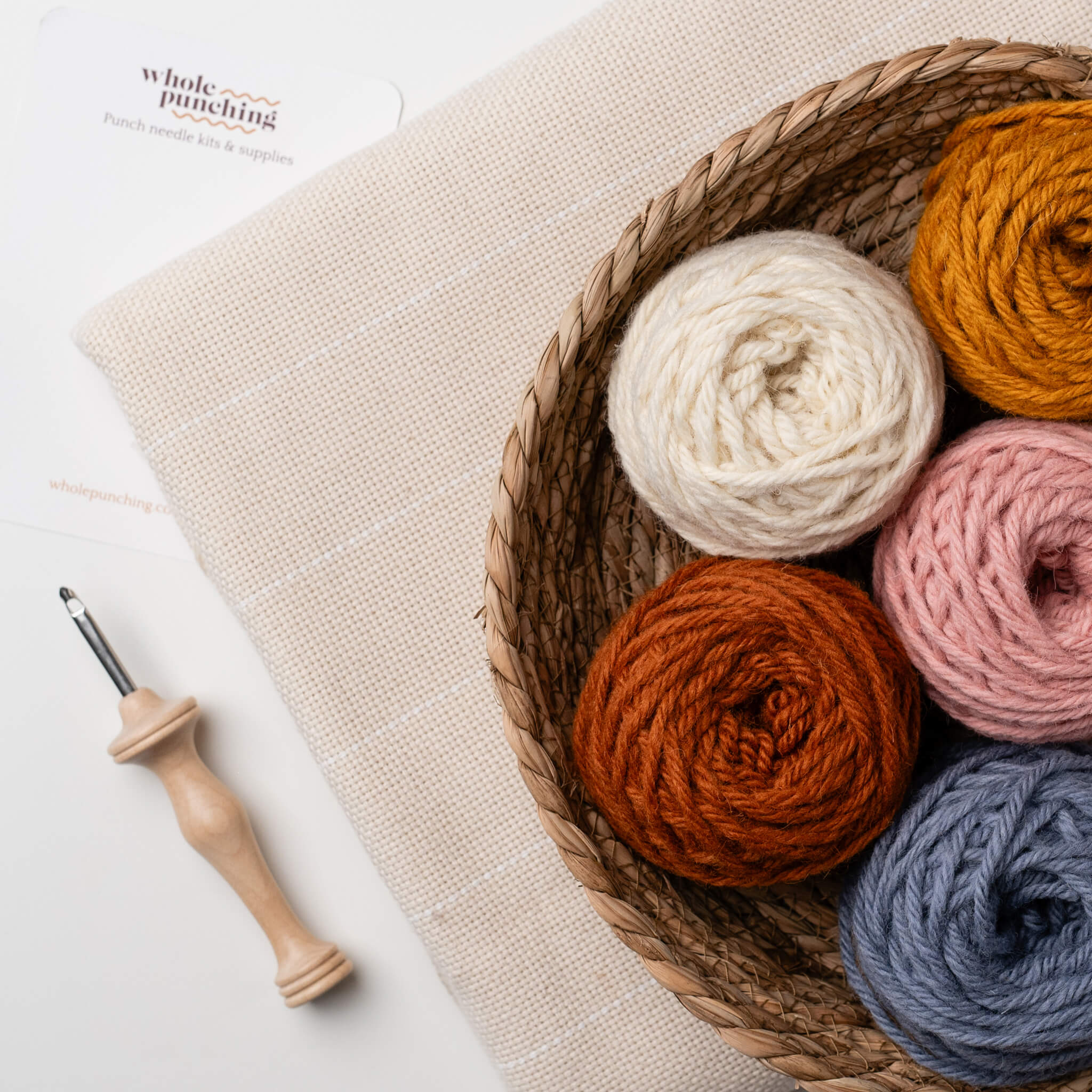

Comments
Hi Breda, you can find the monks cloth online on the website here:
https://www.wholepunching.co.uk/collections/punch-needle-fabric/products/monks-cloth-punch-needle-fabric-usa
Just wondering where is the best place to get your monks cloth